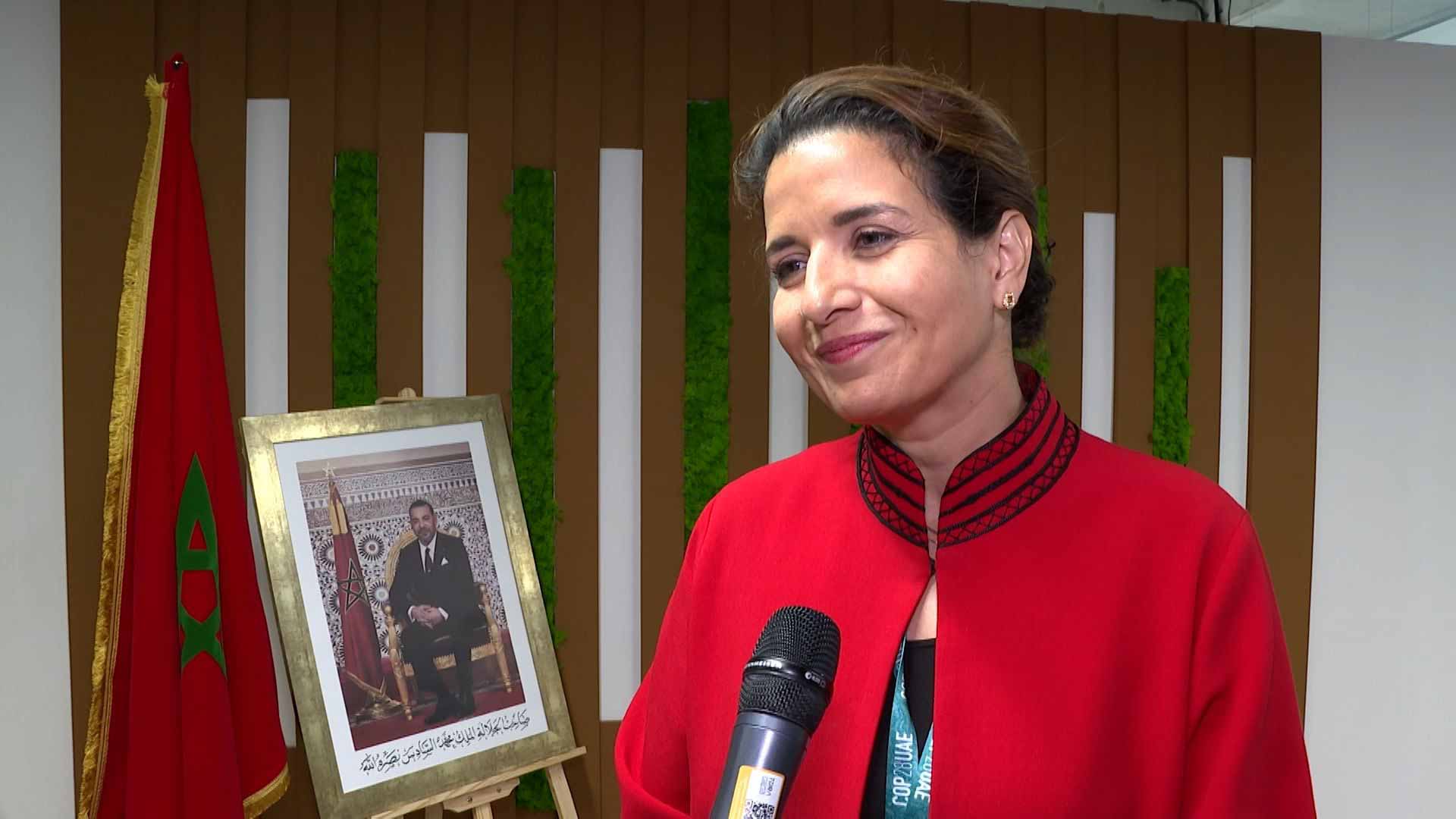Akobo Minerals Announces Start of Core Drilling at Gindibab, A New Target in Ethiopia
Addis Abeba — Akobo Minerals, the Scandinavian-based Ethiopian gold exploration and boutique mining company, today announced the start of core drilling on a new target at Gindibab, the mining company said in a statement sent to Addis Standard.
The core drilling at the Gingibil quartz vein swarm in the Gindibab area lies approximately six kms southeast of Akobo Minerals’ Segele gold mine, which will soon be producing the company’s first gold.
In December last year, AKobo Minerals announced that it has made a new gold discovery at Segele, in the Gambella region, along the Akobo River in south-western Ethiopia, which was “the third distinct style of gold mineralization in the area.”
According to the latest announcement of the core drilling at Gindibab by the company, early indications point to it being “the most exciting target so far within Akobo Minerals’ license area. Individual veins up to 3m wide have been observed in the quartz vein swarm and looks to be hosting significant amounts of visible gold.” The quartz vein swarm has also been traced over a strike length exceeding 700 meters, with individual gold-bearing veins close to 100 meters long. “This latest phase of activity supports our ambition of developing a million-ounce world class deposit.”Jørgen Evjen, CEO of Akobo Minerals, said: “The company has been excited at the prospect of starting this core drilling since our exploration team made the initial discovery of visible gold in this quartz vein just recently.
“The core drilling program will initially focus on defining individual quartz veins and test their depth extensions in order to gather data for evaluation of the target potential. If signs are positive, the next phase of activity will be to extend the drill program to evaluate the potential for a larger scale mining operation, including any open pit potential.”
According to the CEO, the company recently stated that we have nine priority gold targets within our license area, “but this is by far the most encouraging exploration site we have found to date – and could well be a defining step in our ambition to develop a million-ounce world class deposit.”
The Gingibil quartz vein swarm is a very recent discovery, made by the company’s exploration team towards the end of 2022. The geology is characterized by schistose host rocks – primarily quartz feldspar schist and variously sheared gabbros. Within these rocks a large number of quartz veins – locally up to three metres thick – are hosted. Initial visual indications point towards significant amounts of visible gold. The geology team has identified three different types of quartz veins in the area, ranging from highly mineralized early veins to late-stage barren veins.
To date, the quartz vein swarm has been traced over a strike length exceeding 700 meters, with individual gold-bearing veins close to 100 metres long. Visible gold has been found in several of the major veins along the entire strike length, either by direct observation or by surface sampling and panning.
In addition to the core drilling program the company intends to do bulk sampling to test the gold grades of the various quartz veins to help establish the viability of future mining.
Bulk sampling will be greatly assisted by the abundant loose quartz vein material on surface around the veins where thousands of tonnes of material have been deposited by long term geological processes. Typically, such loose material has a very good potential for easy, low-cost mining.
The discovery of significant amounts of visible gold has justified the public release of this information as it may have important implications for the valuation of the company. The results announced here constitute “Exploration Results” as defined by the JORC code and as such Akobo Minerals does not have sufficient information to determine the true economic value of the Gingibil target. An evaluation of the value of the target will only be possible after drilling, bulk sampling, resource estimation and an assessment of the cost of extraction. AS
Share this content:














